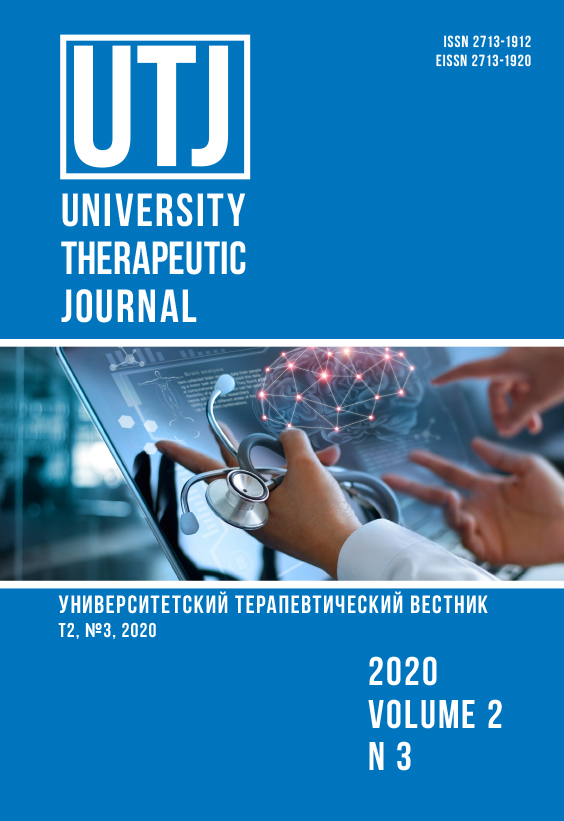Diabetes. Some modern epidemiological, genetic and ontogenetic aspects
Abstract
Diabetes mellitus (DM) is a global medical and social threat to human health and society as a whole, the rate of growth of which has reached the scale of a global epidemic, with type 2 diabetes mellitus (DM2) being one of the main components of the global burden of disease. Medical, social and economic problems associated with diabetes mellitus and its complications dictate the need to search for active measures aimed at reducing the damage from this pathology. In this regard, a United Nations (UN) Resolution was adopted in 2006, which declared the global threat of diabetes mellitus and called for the development of regional programs for the prevention, prevention and treatment of diabetes mellitus and complications caused by this disease. According to the International Diabetes Association (IDF), the number of patients with diabetes mellitus aged 20 to 79 in the world has reached 425 million people. At the same time, trends towards an increase in morbidity and mortality against the background of diabetes persist: this is how the number of patients is predicted to increase by 48% by 2045, which will amount to about 629 million people. T2DM accounts for 85-95% of all cases of the disease. T2DM is a constantly progressive, heterogeneous disease. The total number of patients with diabetes in the Russian Federation as of December 31, 2017 amounted to 4 498 955 (3.06% of the population of the Russian Federation), of which: DM1 - 5.7% (256.1 thousand), DM2 - 92.1% (4.15 million), other types of diabetes - 1.9% (83.8 thousand). Taking into account the progress of science and the non stop process of studying the genetics and pathogenesis of various forms of diabetes mellitus, more and more new subtypes of it are described and new classifications are created.


